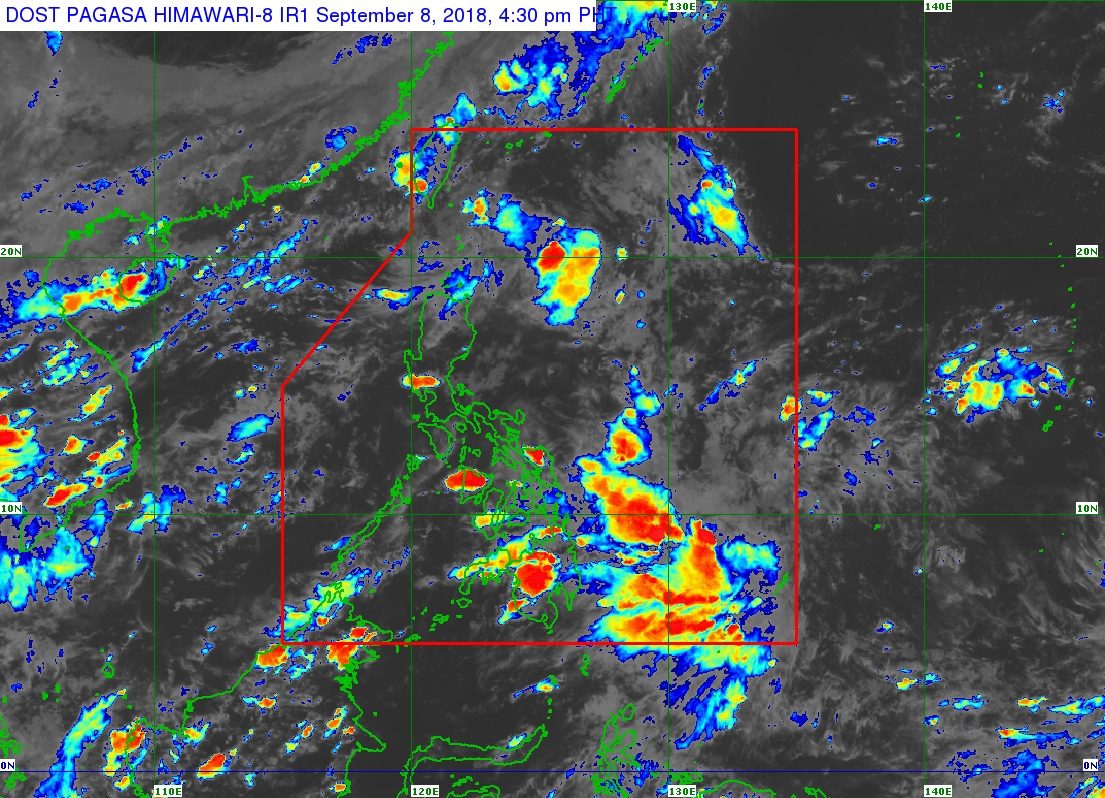SUMMARY
This is AI generated summarization, which may have errors. For context, always refer to the full article.

What’s the weather like in your area? Report the situation through Rappler’s Agos or tweet us at @rapplerdotcom.
MANILA, Philippines – A low pressure (LPA) and the southwest monsoon or hanging habagat will continue to bring rain to Northern Luzon until Sunday, September 9.
In a bulletin issued 4 pm on Saturday, September 8, the Philippine Atmospheric, Geophysical, and Astronomical Services Administration (PAGASA) said the LPA is already in the vicinity of Basco, Batanes.
This LPA is enhancing the southwest monsoon. The two weather systems combined will bring scattered rains and thunderstorms to the Ilocos Region, the Cordillera Administrative Region, Batanes, and the Babuyan Group of Islands.
Residents of those areas should be on alert for flash floods and landslides. (READ: FAST FACTS: Tropical cyclones, rainfall advisories)
PAGASA said the LPA could strengthen into a tropical depression within the next 24 to 36 hours. If it does, it would be named Neneng.
The LPA might also just exit the Philippine Area of Responsibility (PAR), said PAGASA Weather Specialist Samuel Duran in a Facebook Live video past 5 pm on Saturday.
The rest of the country will only have localized thunderstorms on Sunday. But flash floods and landslides are also possible if the thunderstorms become severe.
PAGASA is also monitoring a tropical storm outside PAR, with the international name Mangkhut.
Tropical Storm Mangkhut is 3,890 kilometers east of Southern Luzon. It could enter PAR on Thursday, September 13, and possibly approach the Batanes area. If it does enter, it would be named Ompong – assuming the LPA inside PAR becomes Neneng.
So far, the Philippines has had 13 tropical cyclones in 2018. The country usually gets an average of 20 tropical cyclones per year. (READ: LIST: PAGASA’s names for tropical cyclones in 2018)
PAGASA declared the start of the rainy season last June 8. – Rappler.com
Add a comment
How does this make you feel?
There are no comments yet. Add your comment to start the conversation.